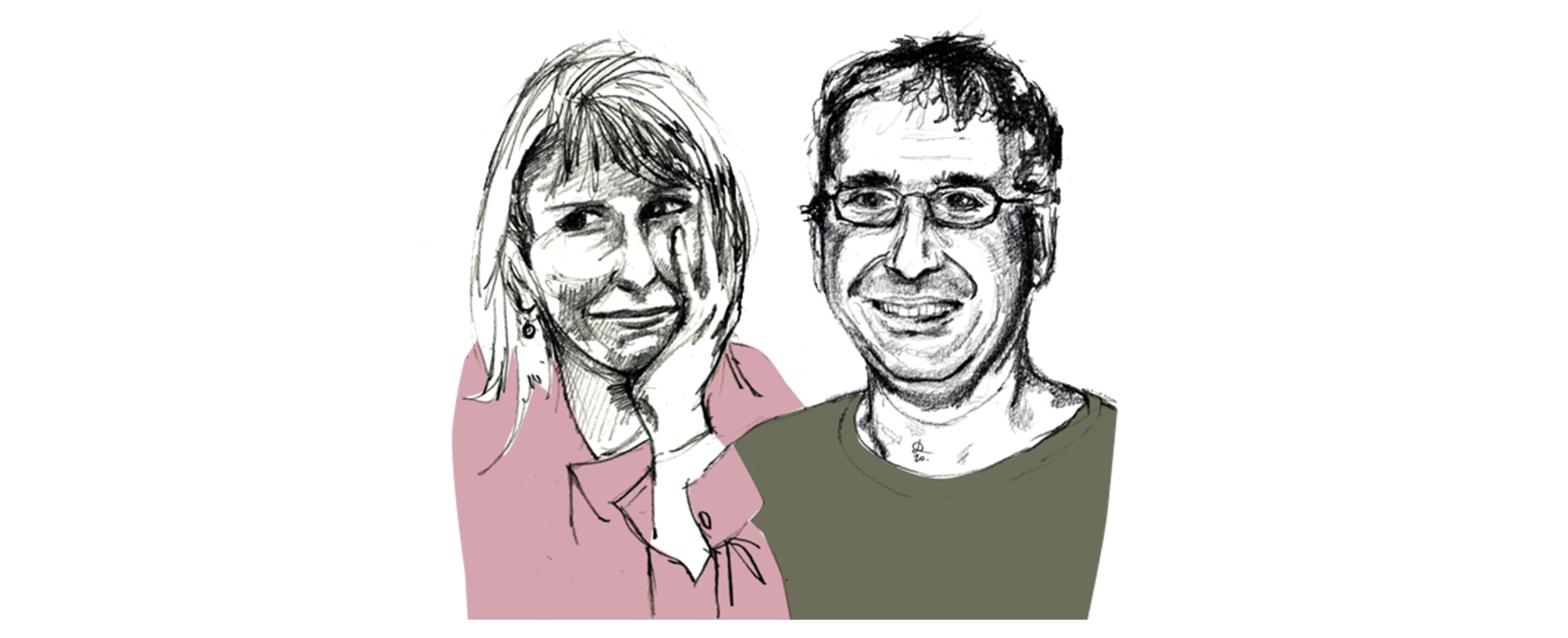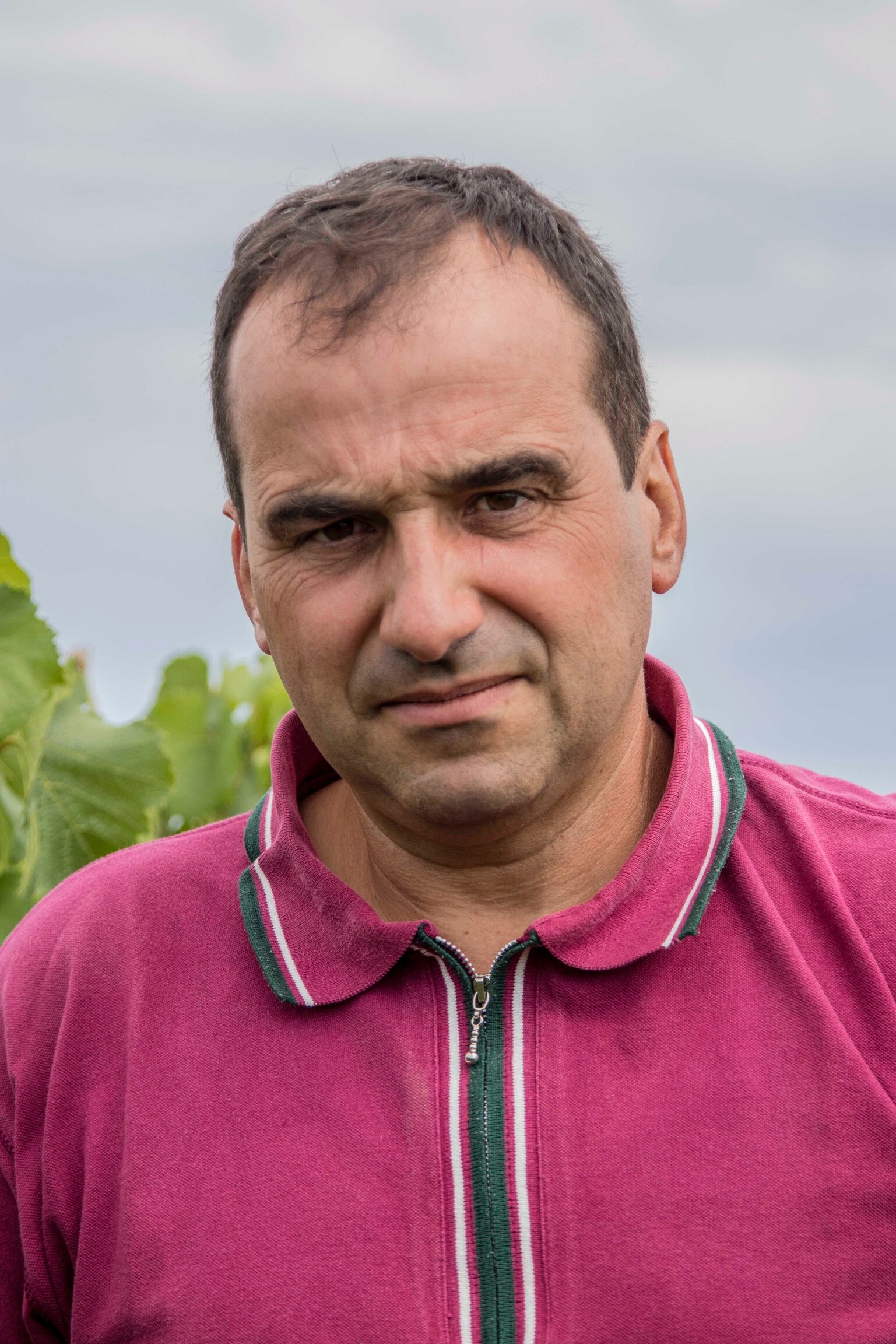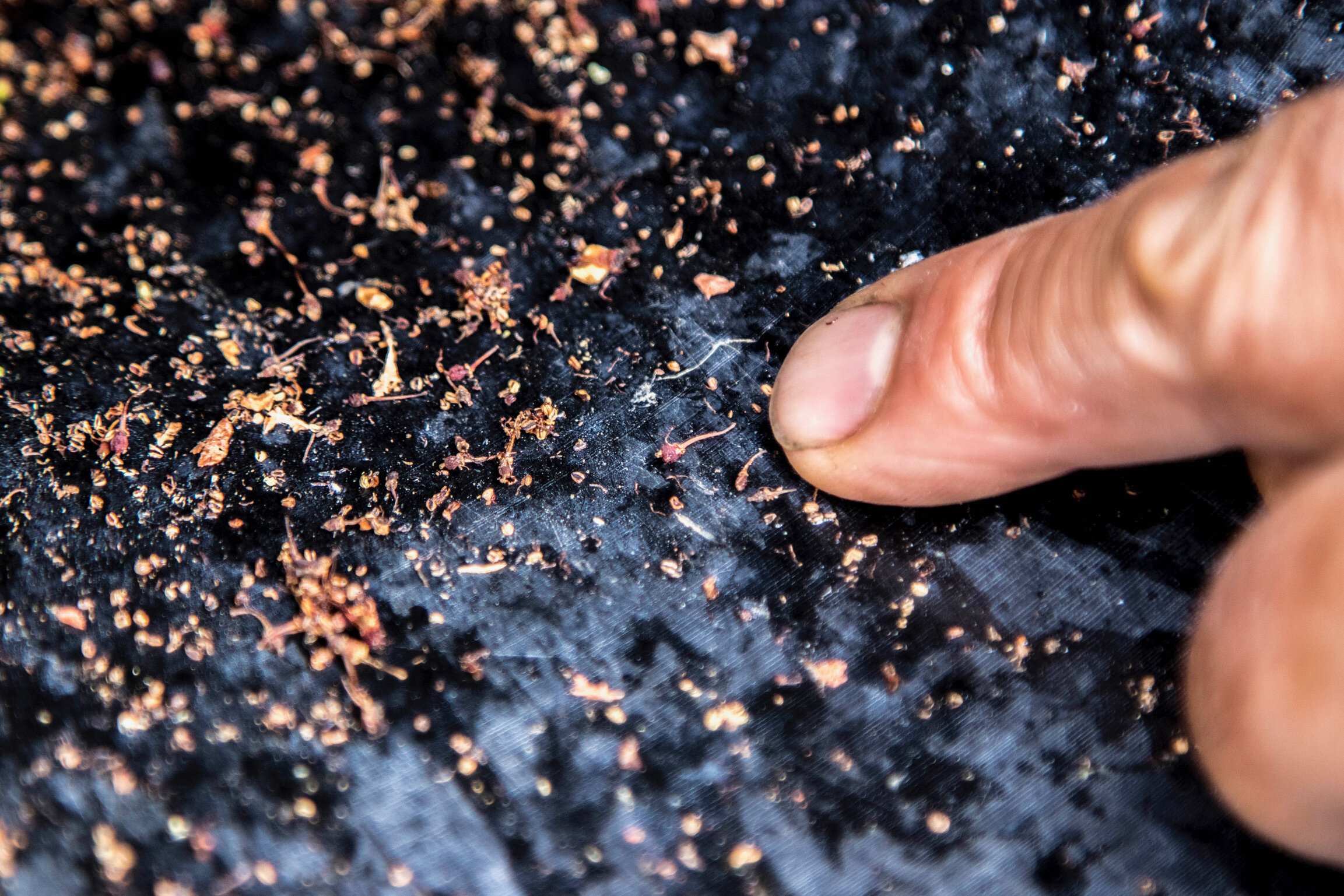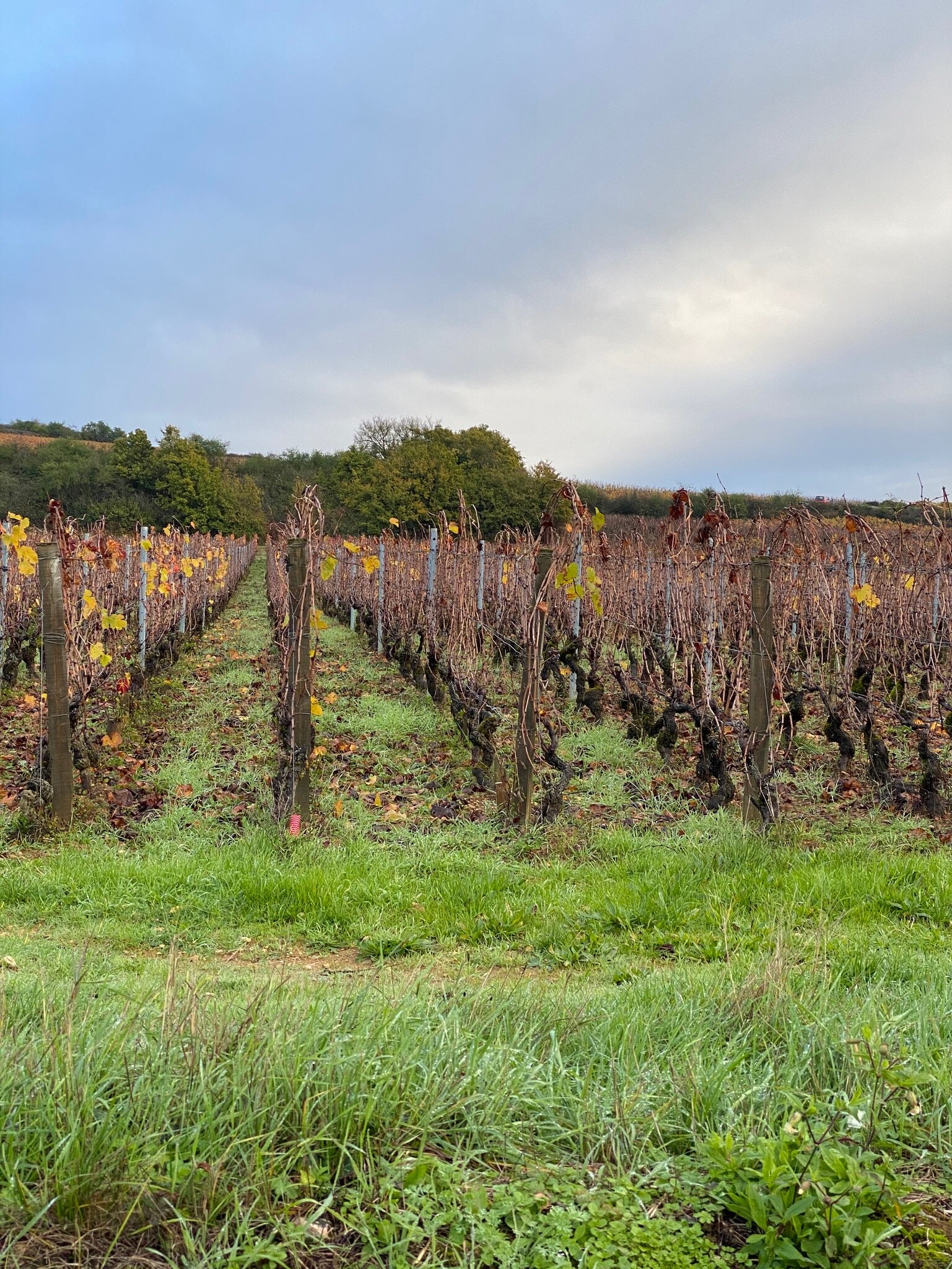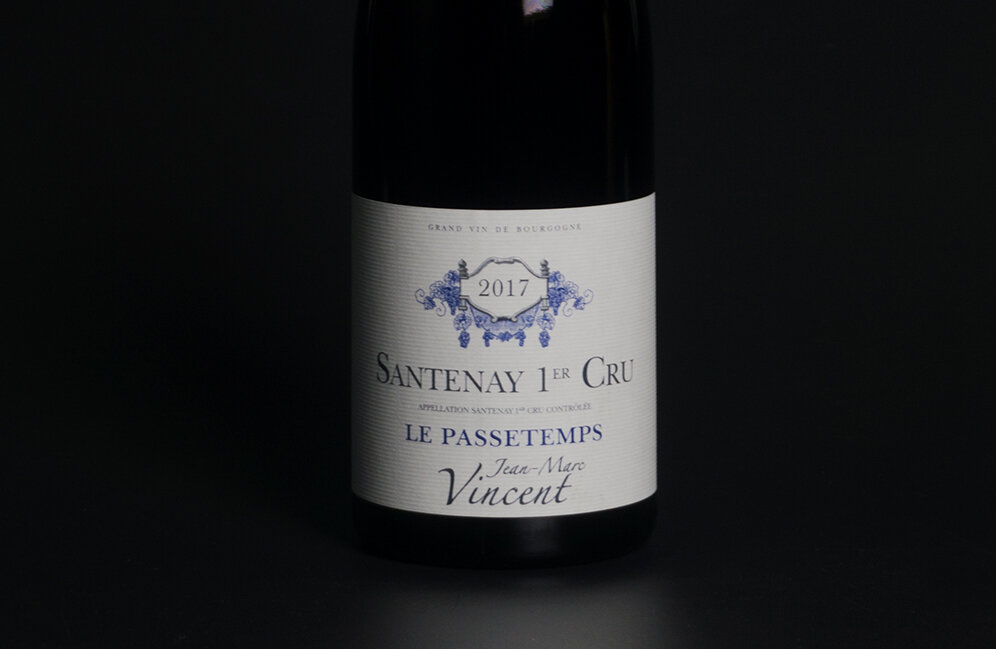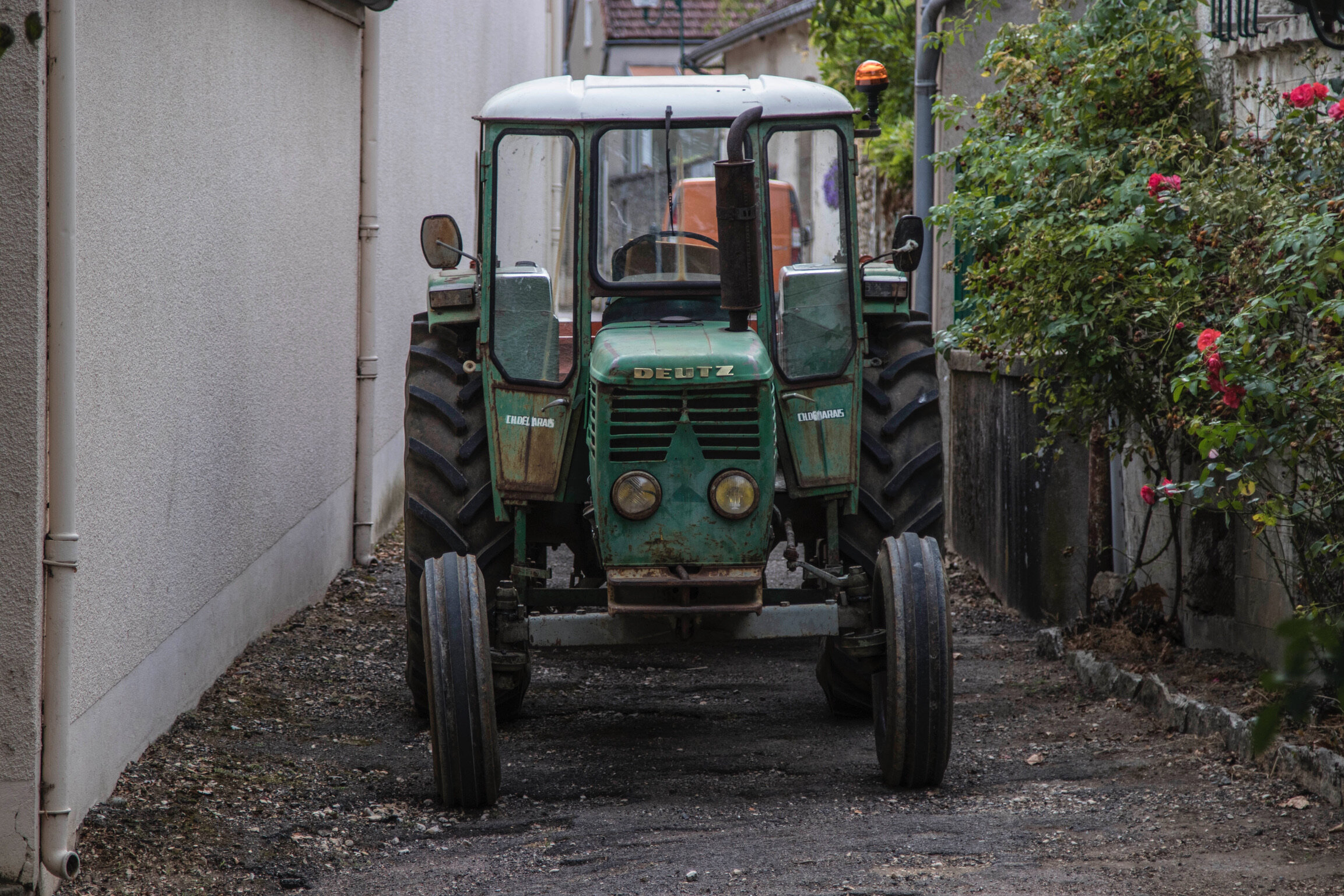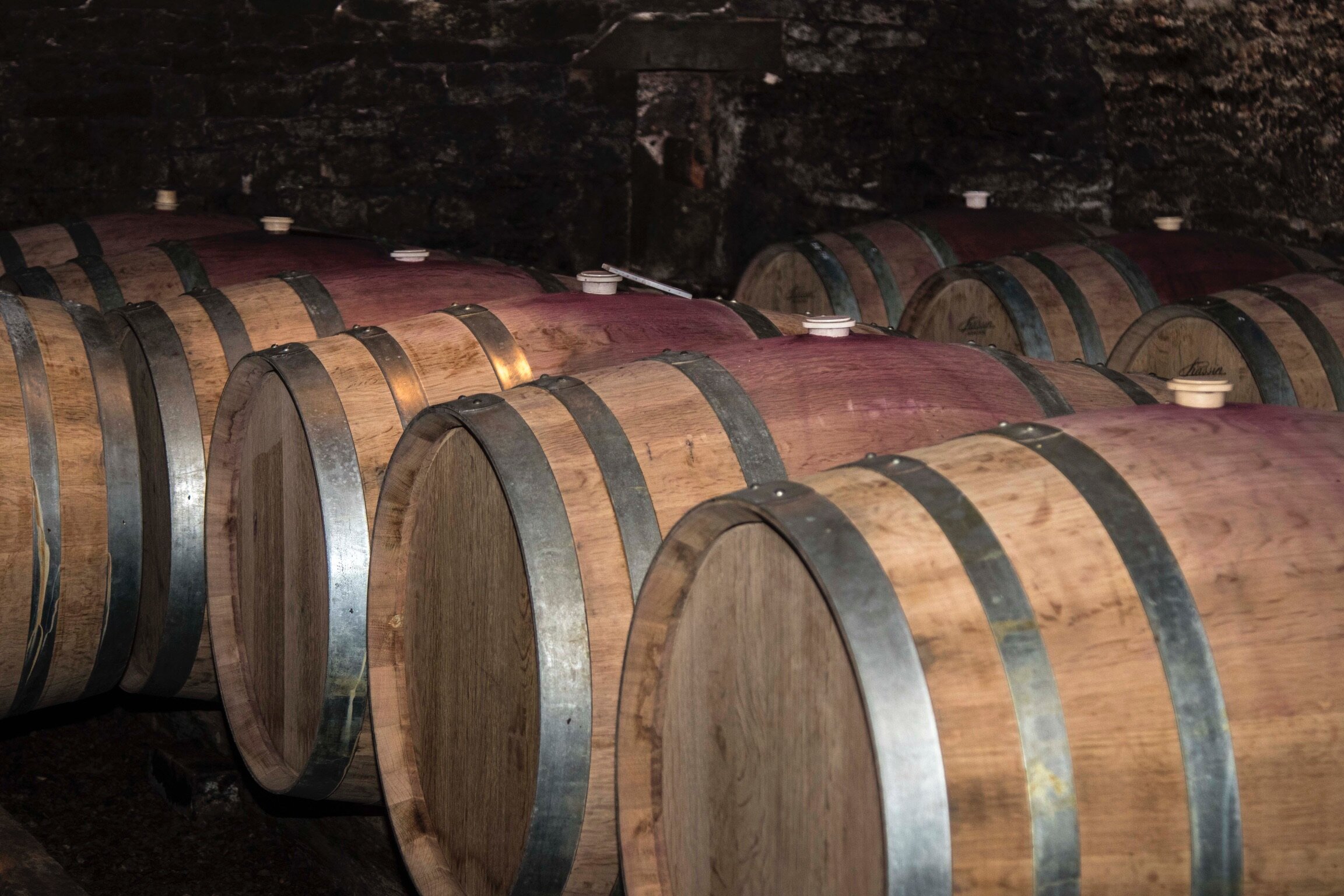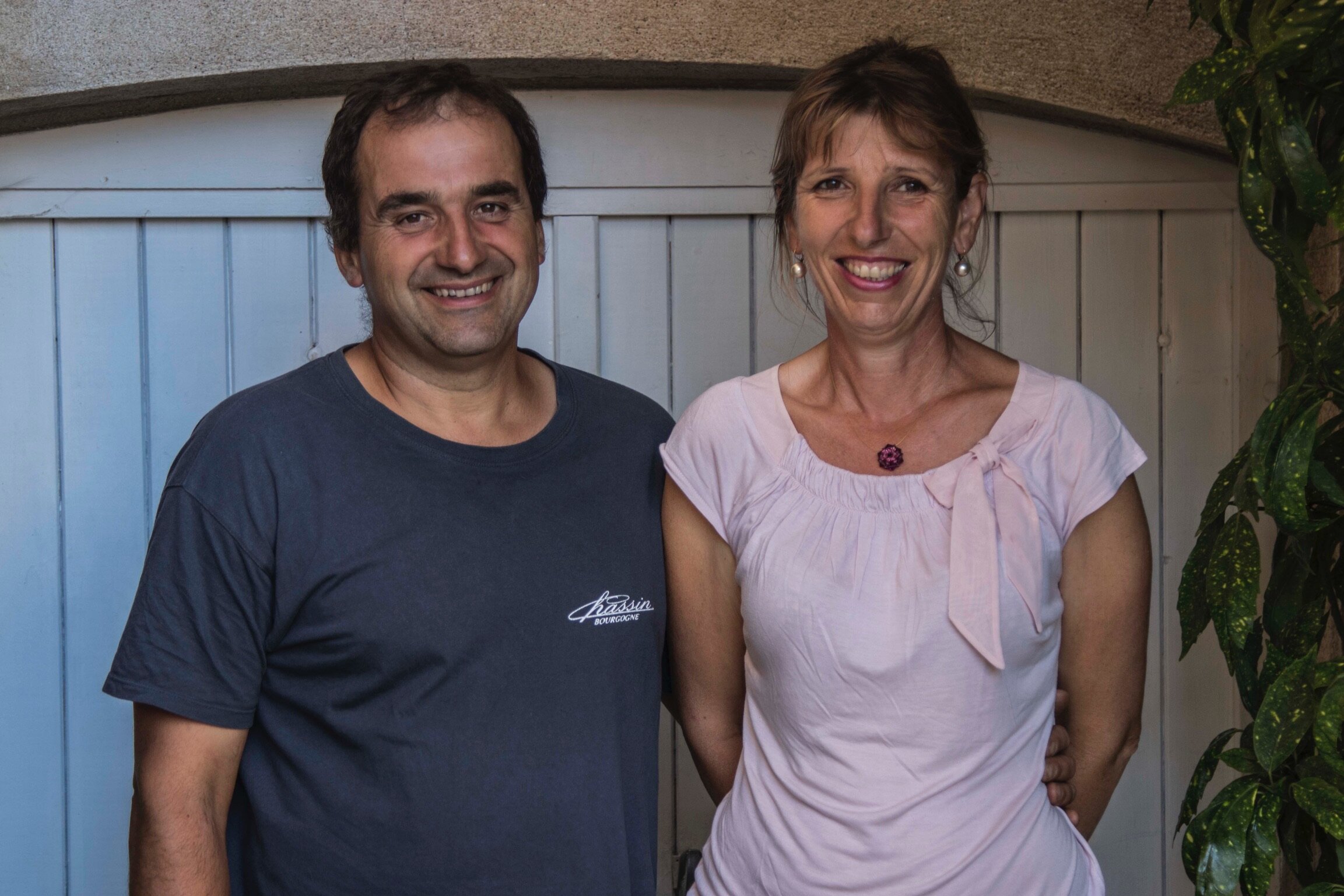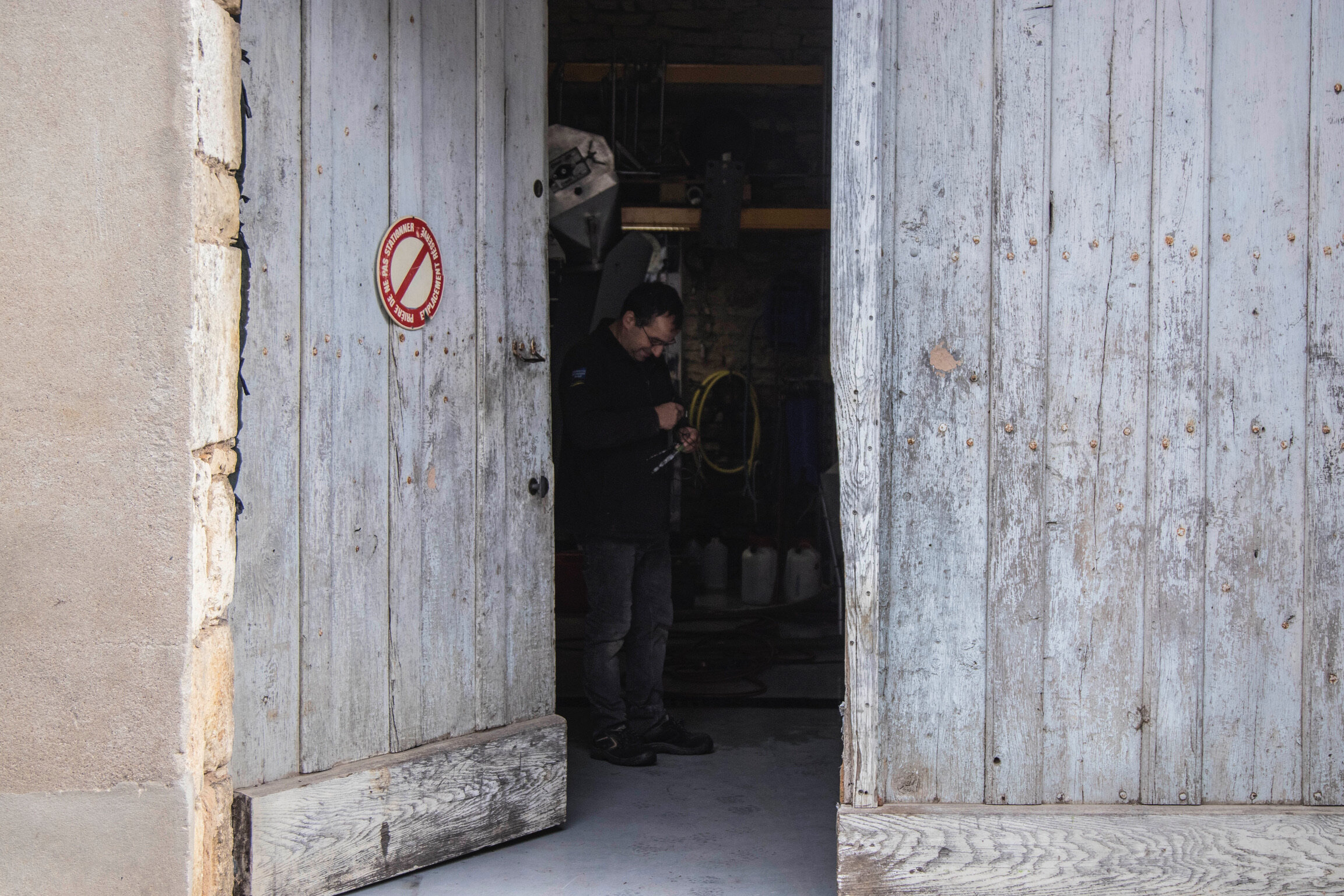DOMAINE JEAN-MARC VINCENT
Santenay
Located in Santenay, Domaine Jean-Marc Vincent was established by Jean-Marc and his wife, Anne-Marie, in 1997. The couple has been gradually retrieving the vineyards of Vincent’s grandfather that were rented out via metayage agreements. Today, the estate counts 6 hectares of vines principally located in and around the village of Santenay in the southern Côte de Beaune.
The Vincents excel in both colors and are a terrific source of high-quality Burgundies. Characterized by an intense expression of individual terroir and a solid structure all of Jean-Marc Vincent’s wines are a testament to the importance of vigneron talent in a given appellation.
In the Vineyard
Since 2003, the vineyards have been cultivating close to organic farming.
Open-minded, Jean-Marc Vincent and Anne-Marie are not afraid to try new initiatives and methods, and experiments. They look up and keep close relationships with vignerons such as Olivier Lamy, Bruno Lorenzon, and Thomas Bouley. Together, they exchange ideas and push the boundaries of modern viticulture.
One of their first experiments was with high-density plantations. They found that with the right massal selection, after only 5 years, they could expect similar results as with older vines. Some of the vineyards are now planted up to 14,000 vines per hectare.
As craftsmen, Jean-Marc Vincent and Anne-Marie prefer handwork above all. They stopped working in the vineyard with heavy tractors 15 years ago.
Handwork allowed them to implement high training in the vineyards. Trimming on Chardonnays is done 50% higher than usual in Burgundy. This results in a greater foliar surface that helps protecting grapes from the sun and keeping minerality. Pinot Noir vines are no longer trimmed.
The pruning is thorough and the disbudding severe reducing naturally the yield. Branches are separated one by one to aerate the clusters all along the season.
The soils are also carefully worked. The vines are ploughed and picked under the row. In the middle of the row, they are grassed with the natural flora that promotes the life of the soil and the expression of terroir.
All grapes are harvested by hand, with several passes through the vineyard to pick grapes at the optimal point of maturity. Sorting is done in the vineyard to ensure that only the best grapes make it to the cellar.
In the Cellar
The harvest arrives in small boxes at the winery. All handling will be by gravity without crushing the grapes.
Depending on the parcel and vintage, up to 100% of whole clusters may be used here. The grapes undergo a slow, temperature-controlled maceration for 20 days prior to fermentation. The red wines are aged in 20% new wood for a minimum of 15 months. During that time, wines are never racked.
Chardonnay grapes are pressed immediately after harvest under low pressure. The must is then transferred by gravity to oak casks for a cool long fermentation with native yeast. The white wines are aged in about 15% of new oak for an increasingly prolonged duration. Lees are stirred 3 or 4 times per month up until spring, then wines are then left on their lees until aging is finished.
All wines are transferred in stainless-steel vats for 6 months before being bottled without fining. While Jean-Marc doesn’t use sulfur during fermentation, he likes to use it a bit during the aging process and before bottling.
“This small but exceptional five-hectare Santenay domaine is one of the Côte de Beaune’s finest and deserves to be much better known.”
Santenay 1er Cru Rouge
Les Gravières
This Santenay 1er Cru Rouge is made from 1.2 hectares of Pinot Noir planted on marl and limestone soil. This is the oldest Pinot Noir plot of the estate. It was planted by Jean-Marc’s grandfather 70 years ago.
Santenay 1er Cru Blanc
Les Gravières
Jean-Marc’s vines in Les Gravières are in the middle of a hillside, with soils of medium depth, very calcareous, and ideally exposed. Very little white is produced from this climat.
Santenay 1er Cru Rouge
Le Passetemps
This cuvee of Le Passetemps comes from a 0.5-hectare parcel of 60-year-old fine Pinot Noir vines planted on clay-limestone soil. The vines are planted in high density.
Santenay 1er Cru Blanc
Le Passetemps
This beautiful Le Passetemps Blanc is produced from 7-year-old vines of fine Chardonnay (massale selection) planted at 14.000 vines per hectare. The soils here are a mix of limestone with clay.
Santenay 1er Cru Rouge
Le Beaurepaire
Le Beaurepaire is a terroir on a steep hillside that gives a very early maturity.
The soil consists of two layers of varying thickness: Calcareous white marls covered by soils rich in clays and iron oxides.
This Santenay 1er Cru Rouge is made from a very well-exposed plot with rather deep soil.
Santenay 1er Cru Blanc
Le Beaurepaire
Le Beaurepaire is a terroir on a steep hillside that gives a very early maturity.
This Santenay 1er Cru Blanc is made from 11-year-old vines planted in high density on marl and limestone soils. Two plots, with thinner and poorer soils, are blended in this cuvee.
Santenay Village
Gravité
This cuvee is a blend of the oldest plot of the domaine: Santenay Les Hates, Santenay 1er Cru Gravières and Santenay 1er Cru Passetemps. The yields of those plots are very low but the vines are really healthy. The idea of this cuvée is to return to blending as it was traditionally Burgundy. It's only relatively recently that people vinify their 1er cru separately.
Auxey-Duresses Village
Les Hautés
Les Hautés is one undoubtedly of the best terroirs of the village of Auxey-Duresses. The marl-limestone soils are ideal for white wines.
This is also the oldest plot of the estate with vines that were planted over 8o years ago. The Vincents have also recently planted a new block of fine Chardonnay (massale selection) at a density of 15.000 vines per hectare.
Montagny 1er Cru Blanc
This Montagny 1er Cru Blanc is a blend of two plots of very old vines of 1er Cru L’Epaule and 1er Cru Creux de Beauchamp. Both vineyards are located on a slope with limestone and clay soil.
Bourgogne Blanc
This Bourgogne Blanc often includes fruits from the young vine of declassified Auxey Duresses.


